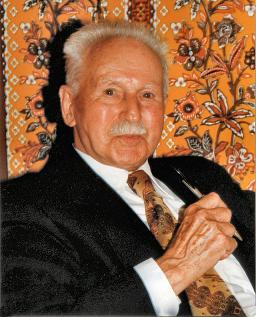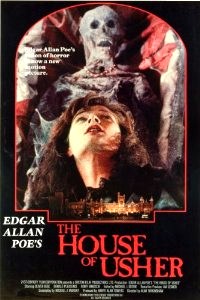
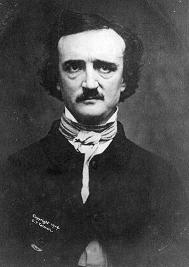 Escape aired Edgar Allan Poe’s immortal horror classic “The Fall of the House of Usher” on October 22, 1947 as its 11th episode. Poe (1809-1849) saw his story first published in the September 1839 issue of Burton’s Gentleman’s Magazine (1837-41). In the summer of 1839 he became listed as assistant editor of the magazine along with Burton, but his time with the magazine lasted only about a year. Along with the fiction he contributed to the magazine, he contributed articles and reviews for $10 a week.
Escape aired Edgar Allan Poe’s immortal horror classic “The Fall of the House of Usher” on October 22, 1947 as its 11th episode. Poe (1809-1849) saw his story first published in the September 1839 issue of Burton’s Gentleman’s Magazine (1837-41). In the summer of 1839 he became listed as assistant editor of the magazine along with Burton, but his time with the magazine lasted only about a year. Along with the fiction he contributed to the magazine, he contributed articles and reviews for $10 a week.
“The Fall of the House of Usher” can be classified as gothic horror. It relates the fateful tale of one Roderick Usher, who now lives alone with his twin sister Madeline in the large but now empty family mansion. Roderick has called his friend (unnamed) to the estate for his help, as Roderick is ill, as is his sister, who falls into cataleptic states. Roderick is also convinced that his house is “alive,” because of some configuration of the masonry and vegetation surrounding the house.
Arriving at his friend Roderick’s estate, the narrator takes count of his friend’s condition, listening to his wild tales and unfounded fears, while admiring Roderick’s (rather macabre) paintings adorning the walls. During one of their dark conversations, Roderick tells his friend that his sister Madeline has died, and that he insists in entombing her for two weeks directly beneath the house before being moved and properly buried. The narrator, despite objections, helps Roderick move the lifeless Madeline into a coffin in the dank bowels of the manse. From here events turn darker and more frightening. Now alone in the echoing silence of the huge manor, a storm erupts with violent intensity, and the narrator attempts to calm Roderick by reading from The Mad Tryst. While many are familiar with the events that follow, there are always newcomers to this horrid tale, so I will not divulge the frightful conclusion.
“The Fall of the House of Usher” was adapted for radio at least twice, but this version is by far the most well produced and as faithful to the original story as any half hour dramatization can be. It captures all of the suspense and horror of the story as only radio can, and much credit is due the superb acting, coupled with the nerve-fraying suspense the producer and director of Escape have brought to this chilling tale. Even if familiar with the written story and its well over a dozen film versions, I think you’ll enjoy hearing this top-shelf adaptation.
[While Vincent Price (1911-1993) starred in a film version of the story, and while he would do Poe on radio–most notably “The Pit and the Pendulum” for Suspense–he never got around to doing “The Fall of the House of Usher.” More’s the pity.]
Play Time: 29:26
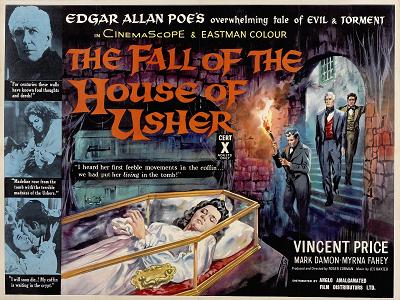
***
And for our second Halloween trip down madness lane…
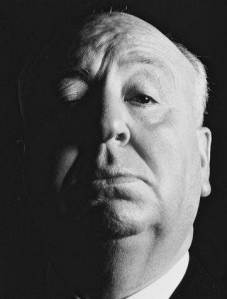 Inner Sanctum (1941-52) aired “The Undead” on December 18, 1945 as its 250th episode. A vampire story to chill the blood, place yourself–if you dare–in the shoes (or nightgown) of the woman in this suspenseful story, who awakes from what she believes is a nightmare only to find herself staring into two blood-red eyes buried in a dark face as it looms over her in her bed, with the wind howling outside and she alone in the house–for her husband works at night, and must sleep during the day! This one includes a visit to a crypt where the woman’s husband has supposedly been buried (she has found a hidden newspaper clipping of his obituary ten years previously), and when no one believes her story and fears she is going mad…well, you’ll have to listen to this fine tale of suspense and horror to find out what happens to this poor woman. It would have made a fine episode of the Alfred Hitchcock Hour back in the mid-1950s, especially with Hitchcock’s droll gallows humor to spice up the proceedings during commercial breaks.
Inner Sanctum (1941-52) aired “The Undead” on December 18, 1945 as its 250th episode. A vampire story to chill the blood, place yourself–if you dare–in the shoes (or nightgown) of the woman in this suspenseful story, who awakes from what she believes is a nightmare only to find herself staring into two blood-red eyes buried in a dark face as it looms over her in her bed, with the wind howling outside and she alone in the house–for her husband works at night, and must sleep during the day! This one includes a visit to a crypt where the woman’s husband has supposedly been buried (she has found a hidden newspaper clipping of his obituary ten years previously), and when no one believes her story and fears she is going mad…well, you’ll have to listen to this fine tale of suspense and horror to find out what happens to this poor woman. It would have made a fine episode of the Alfred Hitchcock Hour back in the mid-1950s, especially with Hitchcock’s droll gallows humor to spice up the proceedings during commercial breaks.
Play Time: 26:20
{This week we offered two OTR episodes, from October 1947 and December 1945. The covers below are from December (or in the case of the two bi-monthlies, November) 1945.}
{Left: Adventure, December 1945 – Center, Black Mask, November 1945 – Right, Weird Tales, November 1945. Notice that Adventure and Black Mask have stories by E. Hoffman Price, while the Weird Tales does not. Which is interesting, for Price is more well known for his work in WT, publishing 24 stories within its pages over the 600 he wrote in various genres over the years. Price also holds the high distinction of being the only author to have ever met H. P. Lovecraft, Robert E. Howard, and Clark Ashton Smith personally, all famous WT contributors.}
E. Hoffman Price (1898-1988) aspired to a career in the military, graduating from West Point and serving in World War I, and then in Mexico and the Philippines. A champion boxer and fencer, he prided himself on his knowledge of the Orient–where many of his stories were set–and was a student of the Arabic language. In his autobiography, Jack Williamson said of Price, that he was “a real life soldier of fortune.”
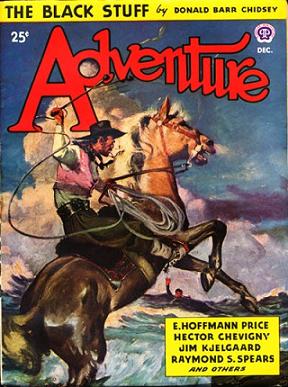
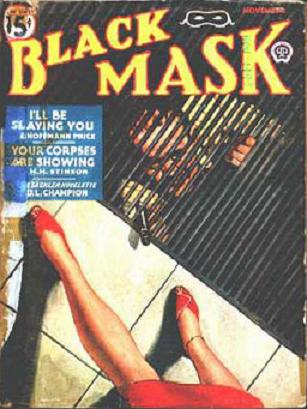
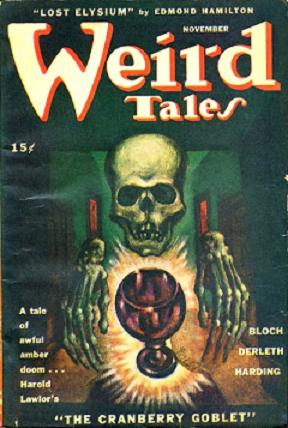
[E. Hoffman Price photo by Will Hart, July 1980, Fantasy Faire 10, near LAX]
